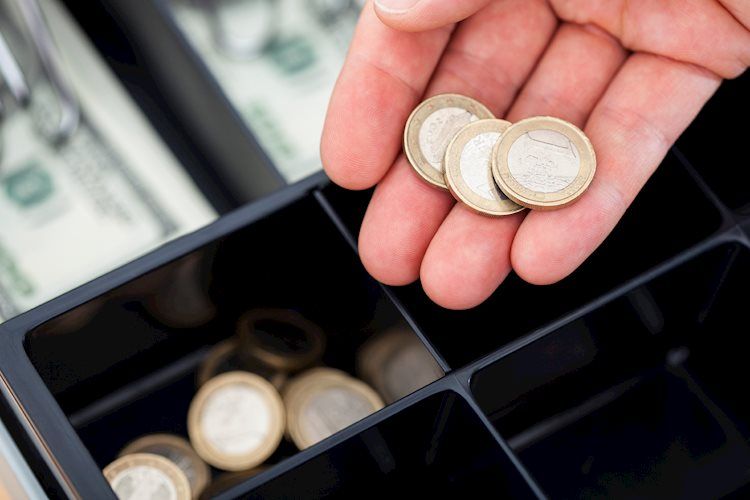- EUR/USD trades in negative territory for the second consecutive day near 1.0490 in Tuesday’s early European session.
- Growing concerns about a possible government collapse in France undermine the Euro.
- US Manufacturing PMI came in stronger than expected in November.
The EUR/USD pair loses ground to around 1.0490 during the early European session on Tuesday. The Euro (EUR) weakens against the Greenback as a budget standoff in France fuelled concern about the Eurozone’s second-biggest economy.
The French Prime Minister Michel Barnier’s plan to pass a social security bill without a parliamentary vote has prompted opposition parties to declare their intention to vote for a no-confidence motion against Barnier. This move is likely to cause the French government to collapse this week.
The political uncertainty in France exerts some selling pressure on the shared currency. Meanwhile, the yield spread between French and German 10-year government bonds rose 7.6 basis points (bps) to 87.3 bps after reaching 90 bps last week, its highest level since 2012. “Crashing political sentiment in France and another activity data beat in the U.S. have handed the euro a dire start to December,” said Kyle Chapman, FX market analyst at Ballinger Group.
Across the pond, US economic data released on Monday showed US manufacturing activity improving in November, suggesting that the US economy remains robust, lifting the US Dollar. However, the US Federal Reserve (Fed) remains data-dependent, and the employment report due on Friday will be closely watched. The Nonfarm Payrolls (NFP) might offer some hints as to whether the Fed would cut rates again on December 18.
Euro FAQs
The Euro is the currency for the 19 European Union countries that belong to the Eurozone. It is the second most heavily traded currency in the world behind the US Dollar. In 2022, it accounted for 31% of all foreign exchange transactions, with an average daily turnover of over $2.2 trillion a day. EUR/USD is the most heavily traded currency pair in the world, accounting for an estimated 30% off all transactions, followed by EUR/JPY (4%), EUR/GBP (3%) and EUR/AUD (2%).
The European Central Bank (ECB) in Frankfurt, Germany, is the reserve bank for the Eurozone. The ECB sets interest rates and manages monetary policy. The ECB’s primary mandate is to maintain price stability, which means either controlling inflation or stimulating growth. Its primary tool is the raising or lowering of interest rates. Relatively high interest rates – or the expectation of higher rates – will usually benefit the Euro and vice versa. The ECB Governing Council makes monetary policy decisions at meetings held eight times a year. Decisions are made by heads of the Eurozone national banks and six permanent members, including the President of the ECB, Christine Lagarde.
Eurozone inflation data, measured by the Harmonized Index of Consumer Prices (HICP), is an important econometric for the Euro. If inflation rises more than expected, especially if above the ECB’s 2% target, it obliges the ECB to raise interest rates to bring it back under control. Relatively high interest rates compared to its counterparts will usually benefit the Euro, as it makes the region more attractive as a place for global investors to park their money.
Data releases gauge the health of the economy and can impact on the Euro. Indicators such as GDP, Manufacturing and Services PMIs, employment, and consumer sentiment surveys can all influence the direction of the single currency. A strong economy is good for the Euro. Not only does it attract more foreign investment but it may encourage the ECB to put up interest rates, which will directly strengthen the Euro. Otherwise, if economic data is weak, the Euro is likely to fall. Economic data for the four largest economies in the euro area (Germany, France, Italy and Spain) are especially significant, as they account for 75% of the Eurozone’s economy.
Another significant data release for the Euro is the Trade Balance. This indicator measures the difference between what a country earns from its exports and what it spends on imports over a given period. If a country produces highly sought after exports then its currency will gain in value purely from the extra demand created from foreign buyers seeking to purchase these goods. Therefore, a positive net Trade Balance strengthens a currency and vice versa for a negative balance.
Read the full article here

